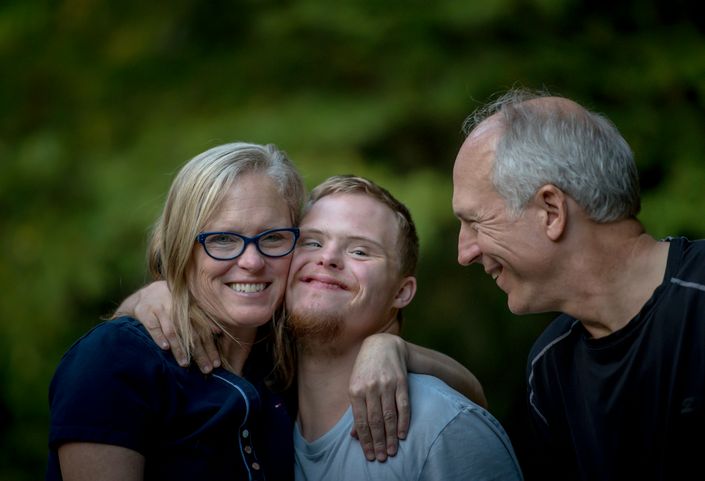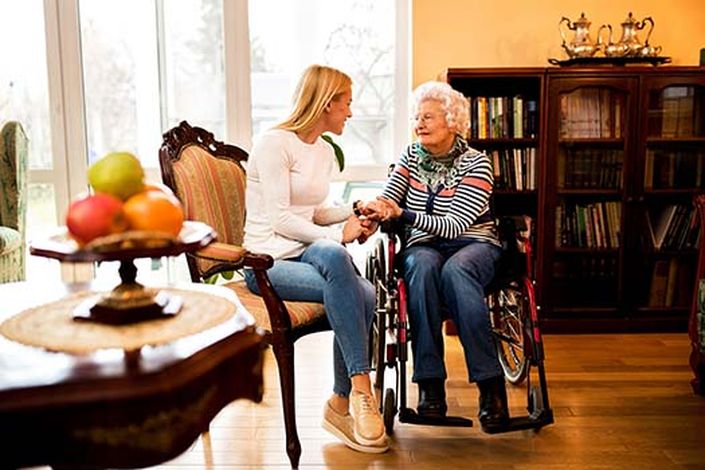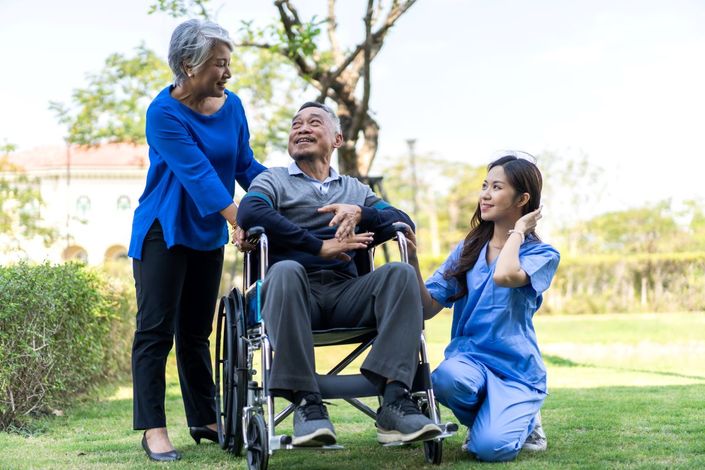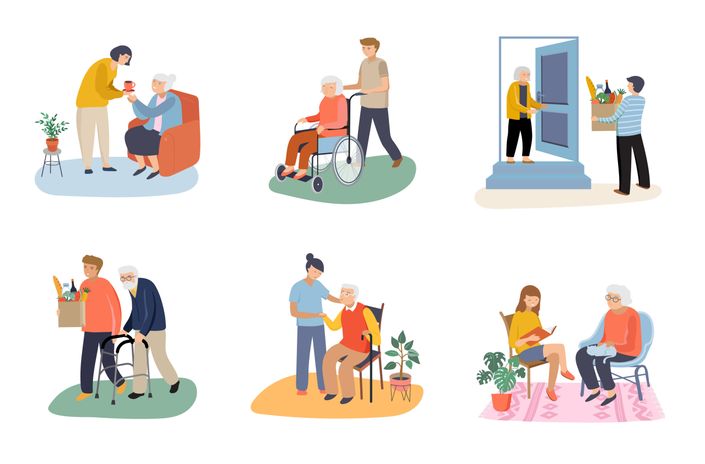
Objectives
Learn to identify signs and symptoms of medical and non-medical emergencies.
Create and implement effective response plans for various emergency scenarios.
Gain proficiency in managing crises to minimize harm and ensure resident safety.
Understand how to effectively communicate and collaborate with emergency medical services (EMS) and other emergency responders.
Learning Methods:
- Interactive Workshops: Engage in hands-on sessions focused on practicing CPR, first aid, and other emergency response techniques.
- One-on-One Coaching: Receive personalized guidance on developing and implementing emergency response plans tailored to your facility.
- Group Discussions: Participate in discussions with peers to share experiences and strategies for effective emergency management.
-
Simulated Scenarios: Participate in simulation exercises to practice responding to various emergency situations in a controlled environment.

Crisis Management and Psychological First Aid
Managing stress and panic during emergencies; Providing psychological support to residents and staff during and after crises

Basic Life Support (BLS) and First Aid
Performing CPR and using an automated external defibrillator (AED); Basic first aid techniques for wounds, fractures, and other injuries

Emergency Response Protocols
(ERP)
Developing and implementing emergency response plans; Roles and responsibilities of staff during an emergency

Recognizing Medical Emergencies
Identifying signs and symptoms of common medical emergencies (e.g., heart attack, stroke, seizures); Understanding the basics of life-threatening conditions and their immediate management

Non-Medical Emergencies
Handling fire, natural disasters, and security threats; Strategies for evacuation and shelter-in-place scenarios

Post-Emergency Procedures
Assessing and documenting the emergency event; Reviewing and improving emergency response plans based on lessons learned
Emergency Response Training
Curriculum
- 1.1 Types of Emergencies: Overview of different emergencies that can occur in a care setting, including medical, fire, and security-related incidents.
- 1.2 Preparation and Prevention: Strategies to prevent emergencies and prepare effectively to mitigate risks.
- 1.3 Activity: Interactive modules to identify potential hazards in a virtual care facility and suggest improvements.
- 2.1 Recognizing Medical Emergencies: How to quickly identify signs of major health issues like strokes, heart attacks, and choking.
- 2.2 Immediate Actions and CPR: Detailed instruction on performing CPR and using an Automated External Defibrillator (AED).
- 2.3 Activity: Hands-on CPR training using virtual reality simulations, followed by AED practice sessions.
- 3.1 Fire Safety and Evacuation Procedures: Steps to safely evacuate a facility in case of fire, including the use of fire extinguishers.
- 3.2 Handling Floods and Natural Disasters: Best practices for responding to floods, earthquakes, and other natural disasters within a care setting.
- 3.3 Activity: Scenario-based training exercises where participants develop and execute an evacuation plan for different types of emergencies.
- 4.1 Effective Communication During Emergencies: Techniques for clear and calm communication under pressure.
- 4.2 Team Roles and Responsibilities: Understanding the roles of each team member during an emergency to enhance coordination.
- 4.3 Activity: Role-playing exercises to practice emergency communication and team collaboration.
- 5.1 Documentation and Reporting: Proper procedures for documenting incidents and reporting them according to legal requirements.
- 5.2 Ethical Decisions in Emergency Situations: Discuss ethical dilemmas that may arise during emergencies and appropriate responses.
- 5.3 Activity: Interactive discussions and decision-making exercises based on hypothetical emergency scenarios.
- 6.1 Knowledge Assessment: A comprehensive test covering all topics discussed in the module, focusing on both theoretical knowledge and practical skills.
- 6.2 Practical Assessment: Participants demonstrate their ability to handle different types of emergencies, assessed through simulated emergency situations.
Intended Audience
This course is ideal for healthcare professionals, caregivers, support staff, and anyone involved in the direct care of residents in group homes, residential care facilities, adult homes, and adult care facilities. It is also beneficial for new staff members seeking to enhance their emergency preparedness and response skills.

Provider Agencies Also Like This
Explore additional training opportunities that other provider agencies have found valuable. This section features a curated selection of courses and resources designed to enhance your knowledge and operational effectiveness in the home care industry.






